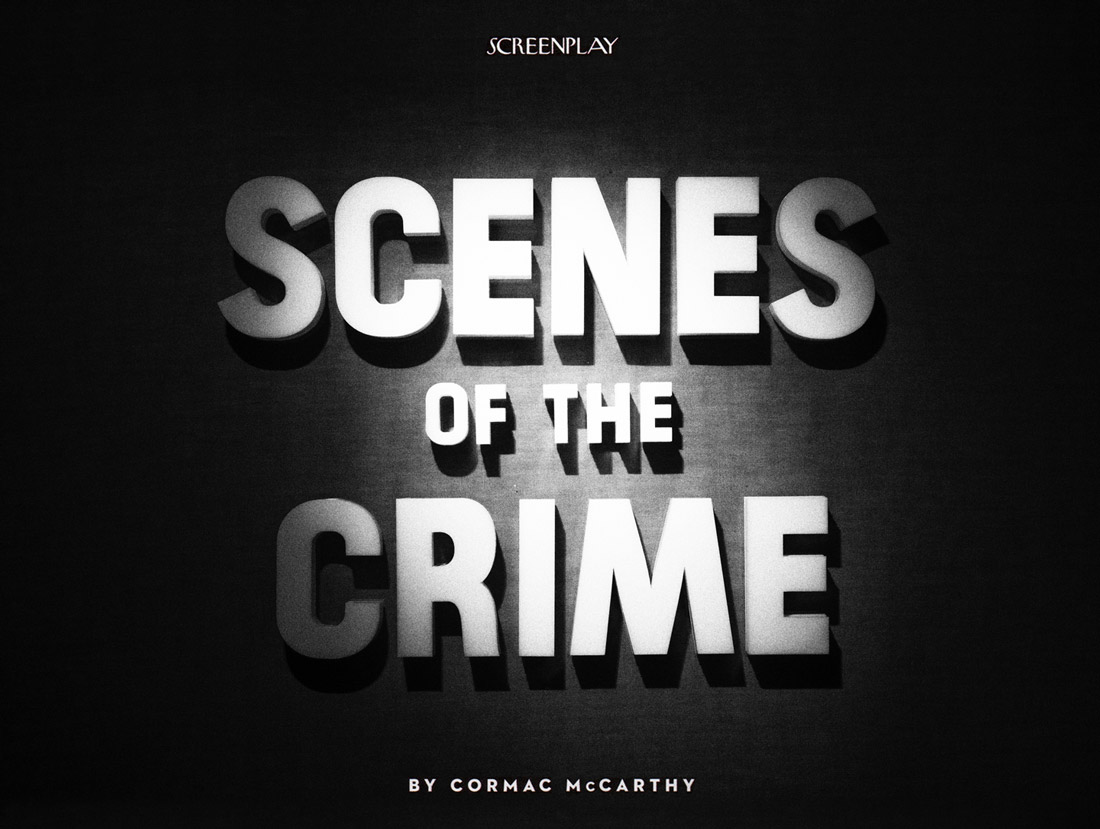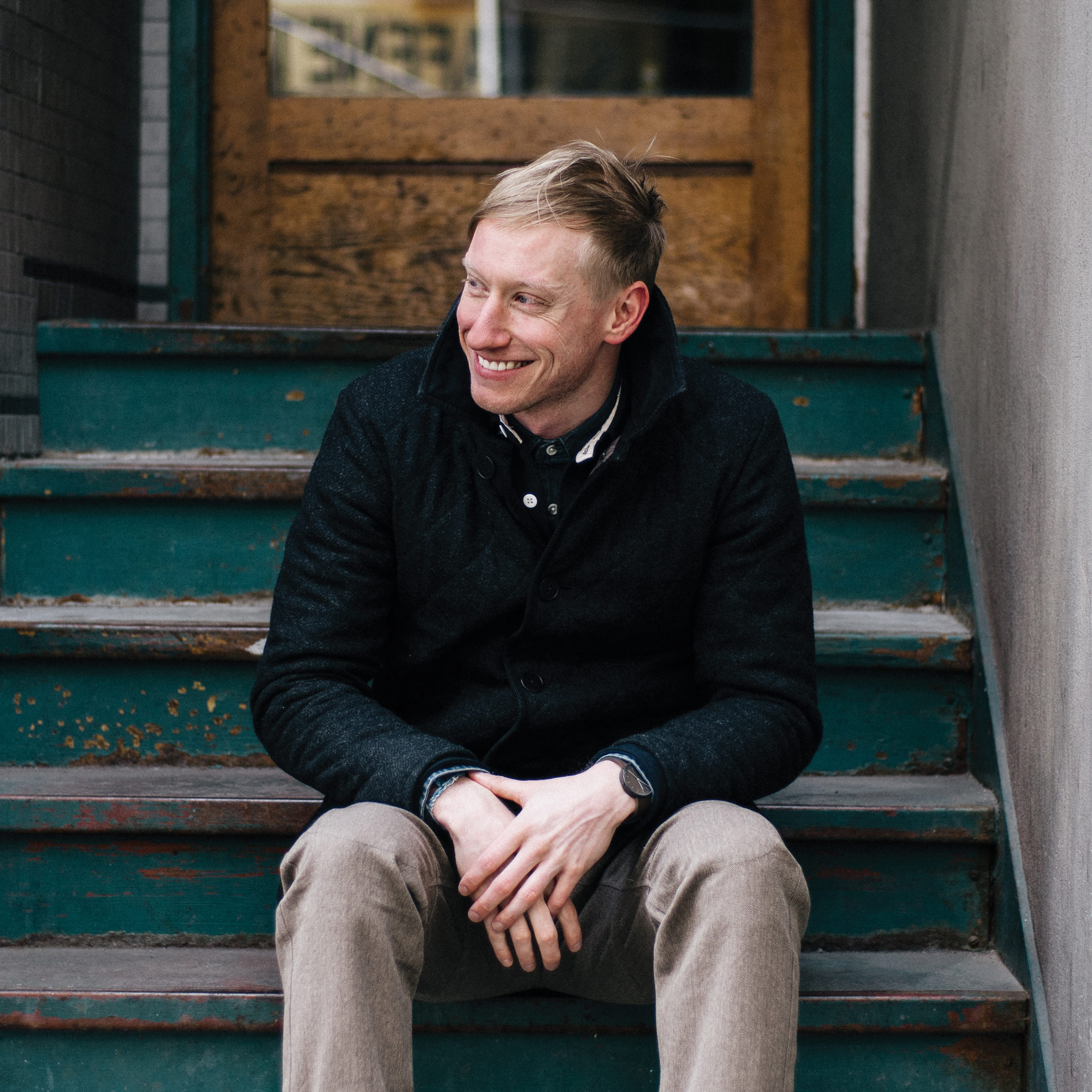
- Interview by Ryan & Tina Essmaker October 1, 2013
- Photo by Ryan Essmaker
Timothy Goodman
- designer
- illustrator
Born in Cleveland, Ohio, Timothy Goodman is a designer, illustrator, and art director based in New York City, where he runs his own studio. Previously, he worked in-house at Apple Inc. and as a senior designer with the experiential design firm, Collins. He began his career as a book jacket designer at Simon & Schuster after graduating from the School of Visual Arts, where he now teaches. In 2013, he and Jessica Walsh launched a personal project, 40 Days of Dating, which went viral with over 5 million unique visitors to the site.
Interview
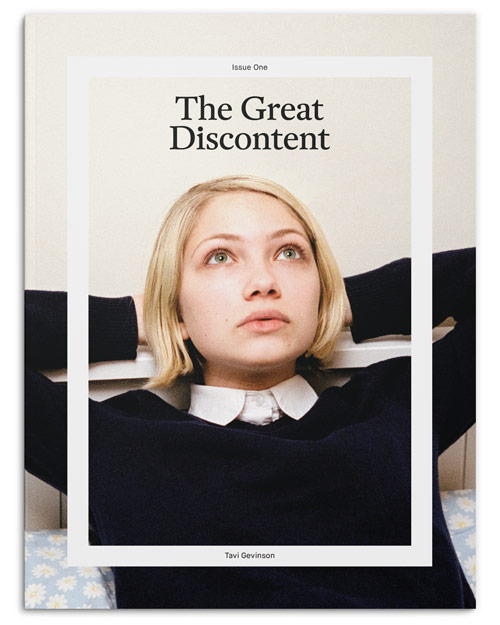 Editor’s note: An updated version of this interview, including new images and work, is featured in print in The Great Discontent, Issue One, available in our online shop.
Editor’s note: An updated version of this interview, including new images and work, is featured in print in The Great Discontent, Issue One, available in our online shop.
Describe the path to what you’re doing now.
My new philosophy is that I want to get away with shit—and in many ways, I’ve always been doing that. I grew up in Cleveland, Ohio. My family didn’t have a lot of money, and my biological dad wasn’t around. As a kid, my heroes were characters like Ferris Bueller and Zack Morris, and I reveled in the idea of pulling a fast one on somebody in authority. That’s kind of how my graphic design career started: in high school, I stole hall passes, replicated them in Microsoft Word, and printed out whole packs of them; later, I forged teacher’s signatures. At one point, I had skipped Spanish class 28 days in a row and had a 0.7 GPA. I was all about partying and girls, and I had no focus. I acted out a lot, but it wasn’t because I was a horrible kid; I was just a bit troubled.
After barely graduating high school, I started working for a guy named Dave, who ran a painting and home improvement company. He was my first great mentor and is still like a father to me to this day. I think a big part of why I acted out so much as a kid was because I was missing that kind of figure in my life, so it was a really profound experience to have him fill that void. Over the next four years, Dave taught me really fundamental skills like painting, tiling, and drywalling during the day, while I took classes at community college for interior design at night. I had to take a bunch of different classes for my major, but my drawing teacher was especially supportive. She encouraged me to keep drawing, which lead me to study design—and that is what made me realize I wanted to get out of Cleveland and go to a major metropolitan area.
I decided to go to the School of Visual Arts in New York City when I was about 23, and I treated it like a job. I paid for it myself by taking out loans and applying for over 50 different scholarships. Did you know that there are scholarships just for tall people? They can get so specific. (laughing) During my last year at SVA, there was a professor named John Fulbrook and he was creative director for Simon & Schuster at the time. He ran an imprint and designed book jackets for them, which I didn’t give a shit about—he could have been designing baby diapers for all I cared—I just wanted to work for him. I’m a big fan of being pleasantly aggressive, so I basically stalked him. (laughing) When I graduated in 2007, he brought me on as a junior book jacket designer.
After less than a year, John left Simon & Schuster to go work for Brian Collins’ new firm, and he took me with him. I was quickly thrown into the world of branding. My mind was very fertile and open to learning lots of different things and working in many mediums, but we were working insane hours—sometimes close to 100 a week. I knew I was learning a ton, but it ultimately wasn’t what I wanted to do for the long haul. My heroes were people like James Victore, Paul Sahre, Rodrigo Corral, and Brian Rea: guys who authored projects and did magazine covers, book jackets, and op-ed illustrations for the New York Times. They were image makers, and that’s what graphic design was to me at the time; that’s what I wanted.
A real tragedy for so many young designers is that they have to have the voice of whatever client or studio they’re working for; rarely does a young designer get the chance to put their own voice or humor or sensibilities into their work. I wanted to put myself into my work, so I reached out and got an opportunity to do my first New York Times illustration. Doing large experiential projects for Mr. Collins and editorial projects for myself was the perfect marriage. It was thrilling: I’d be working crazy hours at Collins, but I’d find time to run out into the hallway, make a doodle, take a picture on my phone, and send it to an art director as a sketch. After a while, I started doing pieces for Newsweek, Wired, and Time. Eventually, I had the opportunity to be a guest art director for Nicholas Blechman at the New York Times Book Review.
I continued to work for Brian for about three years and then, in 2010, I got a chance to work at Apple. I was reluctant to do it, but I really wanted to work for their creative director, Alan Dye, who had worked for Brian years before. I moved to San Francisco to take the job at Apple, but continued doing freelance projects on the side. One day, an art director at Apple came to me with a PDF deck from a third-party advertising firm; It was full of ideas and possible directions for a new project. When I looked through it, I saw a whole spread that referenced a piece I did for New York Magazine and an Ace Hotel mural I had done.
At that moment, I realized that I was caught between being the influenced and the influencer. I had been at Apple for a year and a half, which was an incredible opportunity, but it made me think about where I wanted to go with my life. If I stayed, my mom would be happy: I’d have money, stock options, and security, and I could get my teeth fixed. (laughing) I didn’t really know what would happen if I went the freelance route, but I knew I would be happier. The amount of money I had been making from freelancing on nights and weekends was at least enough to pay my rent, so I quit.
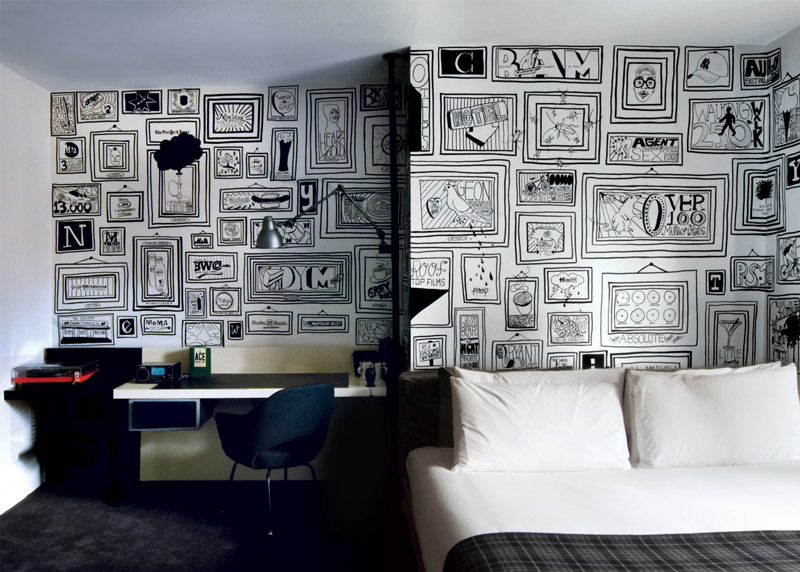
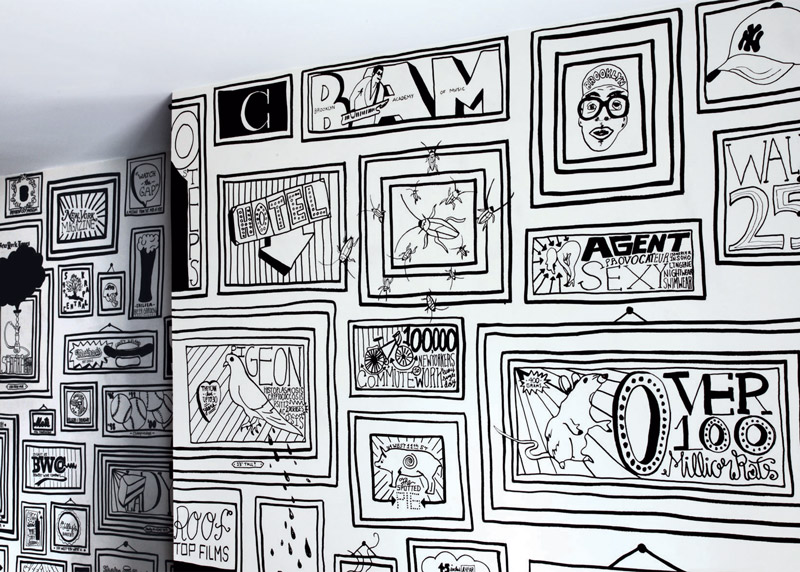
Were there any “aha” moments when you realized that design was what you wanted to focus on?
It wasn’t until I went to community college in Cleveland that I started thinking about design as a career. I had no real ambition growing up, so my biggest “aha” moments were more about life. Those came during my time working for Dave: he was very hard on me and used to joke that every day was my first day—even two years in, I was still fucking up constantly. (laughing) He really challenged me, which no man had done before. I thought, “I need to get my shit together.” Once I did, I took it to the umpteenth degree: all the energy I had spent partying and doing drugs in my late teens and early 20s was put towards going somewhere with design.
Tina: It sounds like you’ve had a lot of mentors along the way.
I have. John was a mentor because he fit my flow of things. He was kind of loud and aggressive, but loyal and honest, which is what I needed in a boss. Brian was a mentor because of his boundless curiosity. Four years ago he told me, “You can be a designer or you can try to be a voice in your community,” and I will never forget that encouragement. When I go home to Cleveland, I still spend a lot of time with Dave. My grandparents were also big creative influences: I’m very close with both of them, and my grandmother is an artist.
I’m a big believer in having mentors. Now that I teach at SVA, I always tell my students, “Don’t worry about what you want to do as much as who you want to work for.”
Has there been a point in your life when you’ve taken a big risk?
Moving to New York to attend SVA felt like a risk at the time, but not when I look back on it now. I wasn’t just moving on a whim: I moved here to go to school, and I had already gotten the first year paid for. I also had a supportive community in Cleveland, which gave me a safety net. If it didn’t work, I could always move back home.
I’ve essentially gone through three stages and taken three big risks throughout my career. As a house painter in my early 20s, deciding that I was going to change my life by going back to school and becoming a designer was a big risk; the next was leaving NYC to work for Apple, and then eventually quitting Apple; and the third was working for myself.
Doing 40 Days of Dating was a risk for both Jessica and I, personally and professionally; it’s one of the most comprehensive risks I’ve taken. In many ways, it has clearly been good, but was doing it good for my design career? I don’t know yet. But I like that; it makes things interesting.
Ryan: How did that project come about?
James Joyce says, “In the particular is contained the universal.” I’ve always believed that. Jessie and I started with a question about how our habits, fears, and issues work in relationships. Our issues are the same as millions of other people’s issues, but because we created something that was personal to us, it touched millions of people on a universal level.
“[We] started with a question about how our habits, fears, and issues work in relationships. Our issues are the same as millions of other people’s issues, but because we created something that was personal to us, it touched millions of people on a universal level.”
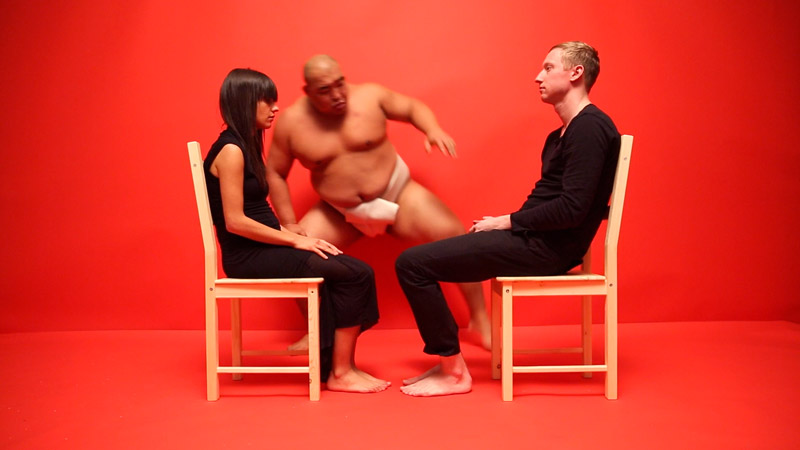
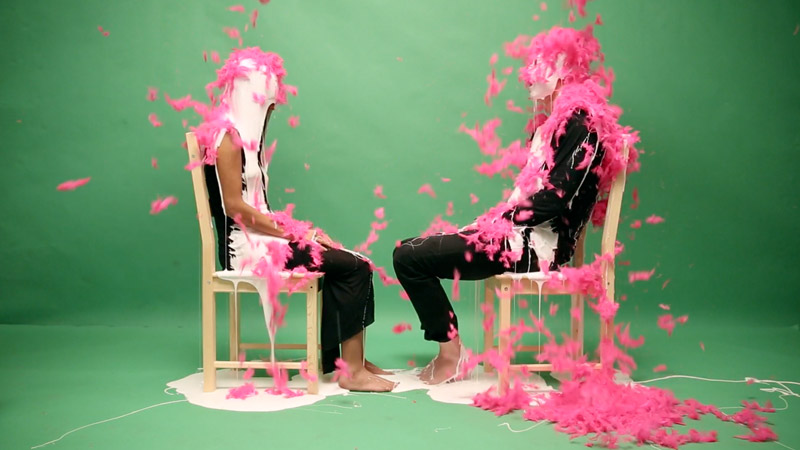
Tina: We usually see designers being open about sharing their work, but not necessarily their personal lives.
The idea of putting yourself in your work is something that filmmakers and writers have done for years, but you don’t necessarily see a lot of that from the design community. We didn’t think of 40 Days as a design project, though; we thought of it as an experiment, and we approached it as designers and art directors because that’s just how we approach things.
Ryan: Did you think about what would happen to your personal lives if the project took off and did well?
Here’s the thing: when you do a design project, and win an award for it or something, people will recognize your work. It’s different when you do a project about your life and it’s recognized by people outside the design world.
Jessie and I put everything out there. Both of us knew that if we were going to do it, we would have to do it with as much sincerity as possible, without worrying about the repercussions. I’m very proud that it has taken off, but we never thought it would. It’s been sort of surreal. I’ll be on a plane and see a random tweet that says, “Timothy Goodman is on my flight!” (laughing) Obviously, it’s really D-level celebrity shit, but it’s still kind of crazy how much our lives have flipped upside down from all the attention it got from Hollywood and the media. While it’s been exciting, it’s been a bit overwhelming at times. Jessica and I were on The Today Show recently and all I remember is being in the green room, sitting next to CeeLo Green with a fucking pound of makeup on my face, and having Jessie say to me, “You need to do all the talking because I’m blacking out right now.” (laughing)
Are your family and friends supportive of what you do?
Yes. My mother and grandparents are very supportive of me, thankfully, but I have some friends back home who like to give me the whole, “Don’t forget where you came from, dude,” routine. On the one hand, it can piss me off; but on the other hand, I kind of like it. Even now, after 40 Days of Dating, my friends in New York are telling me the same thing. There’s a nice sentiment to it.
Tina: What does your mom think of 40 Days of Dating?
She loves it, and Jessica’s parents are super supportive, too. They obviously thought it was bold and brave, but my mom likes to egg me on by saying things like, “You need to relax,” and, “When are you going to settle down with a girl and figure it out?”
Do you feel a responsibility to contribute to something bigger than yourself?
No, I don’t. My only responsibility is to make sure I’m doing the work that stimulates me and, in that way, I’m inadvertently contributing to something bigger than myself. That’s part of getting away with shit, too. I see so many people in this profession who aren’t happy with the work they’re doing. It sounds cheesy, but if we could all follow our bliss and try to do the work we want to be doing, then we’d all be contributing to something bigger, collectively. Something I say to my students is, “The work you ought to be doing is the work you should be doing.” Most of us don’t do the work we have in our hearts; so many of us ignore that. It sounds corny, but you should do what makes your heart sing.
If you stay true to why you do something, you can affect other people in a big way. I spend a lot of time on Twitter, and I have relationships with many people I don’t know simply because we’re designers. A couple years ago, I decided to do a Valentine Tweet Marathon. I thought, “What would it mean if I made all of my followers a gift on Valentine’s Day?” What would that mean in the digital world—to give something handmade to all these people I didn’t know? I spent 12 hours attempting to make each and every one of my followers—about 1,100 people at the time—a unique Valentine’s Day card. That was my first taste at what it meant to have an intimate dialogue with an audience. You have to understand how to relate to people in some way, and I think I fulfill that layer of my life with my work.
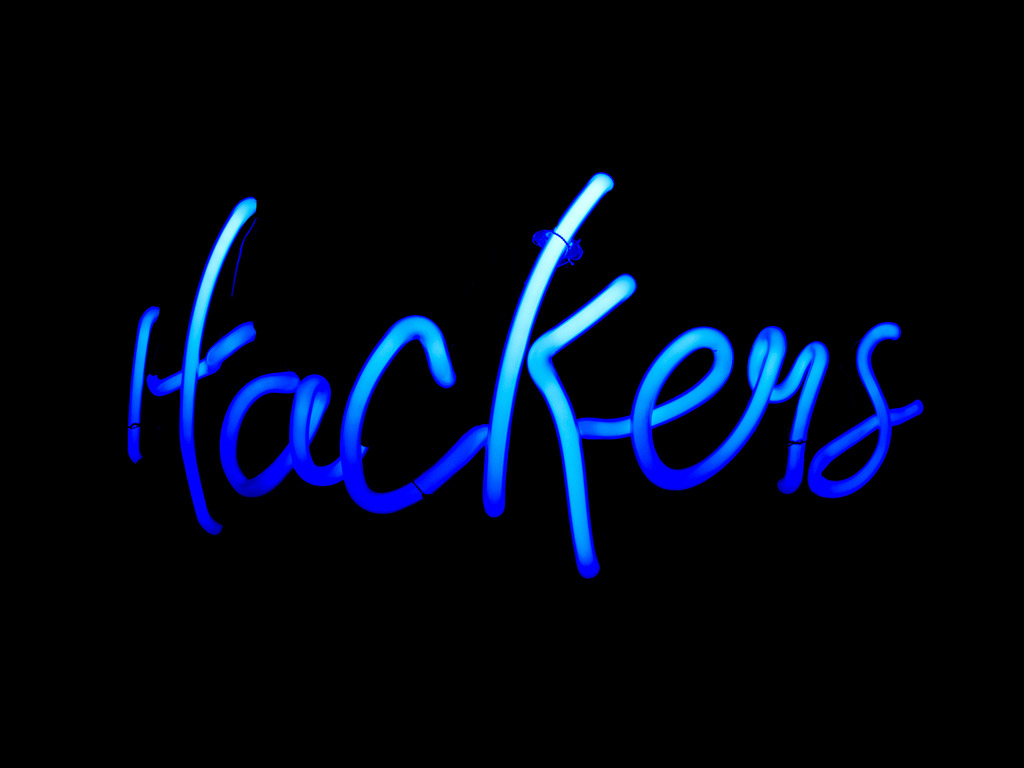
“…creative satisfaction is like the first sip of a cold beer; or the first date you go on with a girl who isn’t quite sure about you yet; or the feelings you get when you go after a job you want, but you’re not sure you’re going to get it. I love that feeling between anxiety and excitement; those liminal moments are what I find most fulfilling.”
Are you creatively satisfied?
I don’t like this question. (laughing) Right now, as I sit here, I would say yes: I feel creatively satisfied. Will I feel this way in a month? Maybe not. As creative people, we always want more. No matter where we’re at, the grass is always greener somewhere else. I was just listening to an interview with Woody Allen where he describes how life is harsh and full of suffering, and we all need to do whatever it takes to get some pleasure out of it. He goes on to explain that this is why we worry about our work, or why we root for a sports team, or why we follow a band we enjoy. We all need something to distract us from the uncertainty of life. For creative people, we seem to constantly chase “the new.”
To me, creative satisfaction is like the first sip of a cold beer; or the first date you go on with a girl who isn’t quite sure about you yet; or the feelings you get when you go after a job you want, but you’re not sure you’re going to get it. I love that feeling between anxiety and excitement; those liminal moments are what I find most fulfilling.
Is there anything you’re interested in doing or exploring in the next 5 to 10 years that you haven’t done yet?
I love writing, so I would love to continue doing that. Because of 40 Days of Dating, there might be real opportunities to do that now. I want to keep putting more of myself into my work, too. I think that’s a profound experience that resonates on a higher level. I want to continue to have a bigger dialogue with people beyond the design community. I would love to do another project with Jessica, and now that 40 Days has been such a success and we’ve signed with the Creative Artists Agency, new doors are open for us. However, we want to continue being sincere with what we’re trying to do. We don’t want to do things just to do them or because we think, “Oh, this would be a good reality show!”
Tina: As a teacher at SVA, you probably give a lot of advice to your students. If you could give advice to any young person starting out, what would you say?
It’s important to approach graphic design as a practice, not as a profession. Young designers need to understand that there are no rules: you have to ride the questions and live with the uncertainty. Early on, I learned from Brian Collins that it’s important to stop thinking like a graphic designer. We should think about other platforms and different narratives. I tell my students all the time to stay away from design books and to read about things that they’re really interested in; things that touch their soul. Learn about the environment, build an engine, or read poetry. Thinking like a designer can limit you and, in a way, it can be detrimental to your thinking.
How does living in Manhattan impact your creativity?
The energy of this place is just remarkable. Being here—doing the things I love, with the people I admire the most, in a city that has the capacity for all of it—is great. Some people find it overwhelming, but I love the energy; I feed off of it. And I can go to Knicks games!
That was one of my biggest issues when I lived in San Francisco. If I needed to leave the office and take a walk because I was having a rough day or something, I was immediately surrounded by suburbs. It’s a beautiful city, and a lot of people love it, but it wasn’t for me. What I like about living in Manhattan is that it’s so easy to get lost in all of it. There’s always something going on around every corner, and I like the idea of unpredictability. I think that’s my major issue with life: predictability. I’ve lived here for about ten years, and I have a theory that if you still really love it here after six years, then you’re ruined! (laughing)
Is it important to you to be a part of a creative community?
Yes, it’s really stimulating. People in the New York design community are very welcoming and supportive. That’s why I decided to move back to New York after leaving Apple. I wasn’t sure if I wanted to at first, but I decided to after thinking about Charlie Parker’s story. I’m a huge jazz fan, and he’s arguably the greatest jazz musician of all time. During the 1930s, jazz was really big in Kansas City, and Charlie Parker was thriving there as an up-and-coming saxophone player. Even though he was doing well, he realized that he needed to move to New York because all of his heroes and peers from the music industry were there. That’s how I felt about the design community here: I had to get back to my Mecca.
“A real tragedy for so many young designers is that they have to have the voice of whatever client or studio they’re working for; rarely does a young designer get the chance to put their own voice or humor or sensibilities into their work.”
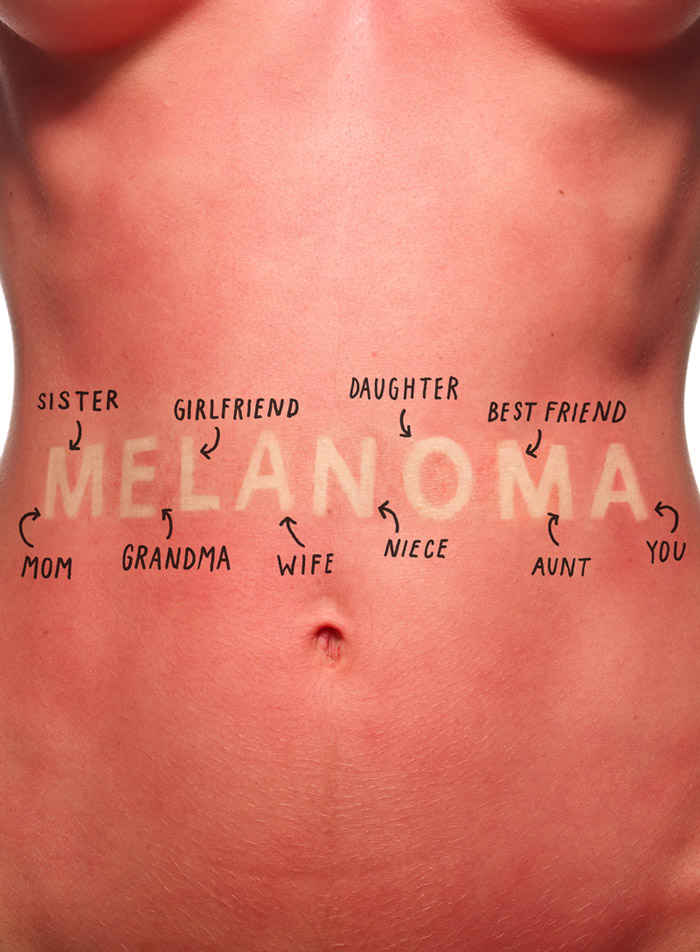
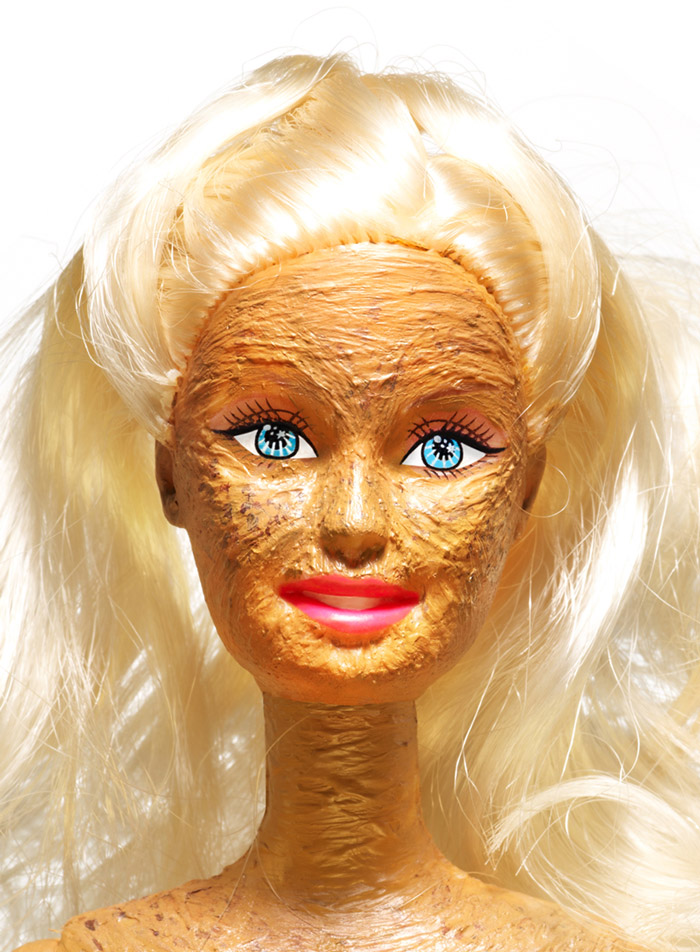
What does a typical day look like for you?
My schedule depends on what I’m doing at the time. An average day could be anything from writing or sketching in a coffee shop to working on location somewhere. With the environmental projects I’m working on now, a lot of what I do is on-site. For instance, I spent two weeks this summer doing an installation at Airbnb’s new offices in San Francisco, and I just did a neon installation here in the city for co: collective. The last two months have been littered with so much work and meetings pertaining to 40 Days of Dating.
I wouldn’t say I’m necessarily a morning person or a night owl. If I have to work all night, then I’ll work all night; if I have to wake up really early to do stuff, then I’ll wake up early. Because two-thirds of my career was working at a studio and having to live by a schedule for someone else, I’ve kind of rebelled against that. I love the idea that anything can happen and I like staying open to that. It’s no surprise that it runs parallel to my commitment issues. (laughing)
I also don’t like the idea of having a separation between work and life. I know people need that, but I’d rather take breaks instead. Some people have families, and they obviously can’t be working constantly because they need to be there for their kids, but I’m just not there yet.
What are your current albums on repeat?
Like I mentioned before, my favorite music is jazz. I started listening to it in my late teens because I thought it was a way to impress women. (laughing) I don’t think I really understood it until my late 20s, once I started learning the “why” and the “how” of it. I’ve always been drawn to jazz because it speaks to the human condition, and it played a profound role in the fabric of American history. I like the stories behind the artists.
I’m that way with any music I like, though. The reason I like Bob Dylan so much is not just because of his music or his lyrics—it’s his whole backstory; the way he came up, the relationships he had, the reasons he did what he did. It’s the same reason I like Kanye West: I don’t think his music is particularly amazing or anything, but I love what a character he is. He has almost become so pop that he’s anti-pop, and his new album, Yeezus, is the anti-album. People are still listening to him, but not as much as they used to. It was the same way when Dylan went electric in ‘65, and he lost the folk fans who worshipped him. I like that evolution.
Ryan: You can tell that many music artists feel a pressure to continually push the boundaries of what they previously did.
Yeah, or they don’t want to be put into a box. I feel like that all the time with my work. After I did the Ace Hotel mural, I started getting asked to do a lot of projects with a similar style. It’s funny how an accident can create new territory which then creates significance for others. The only reason I did that mural is because it was born out of everything I love about New York, and it felt natural because it was based on the grit and energy of the city in a rudimentary way.
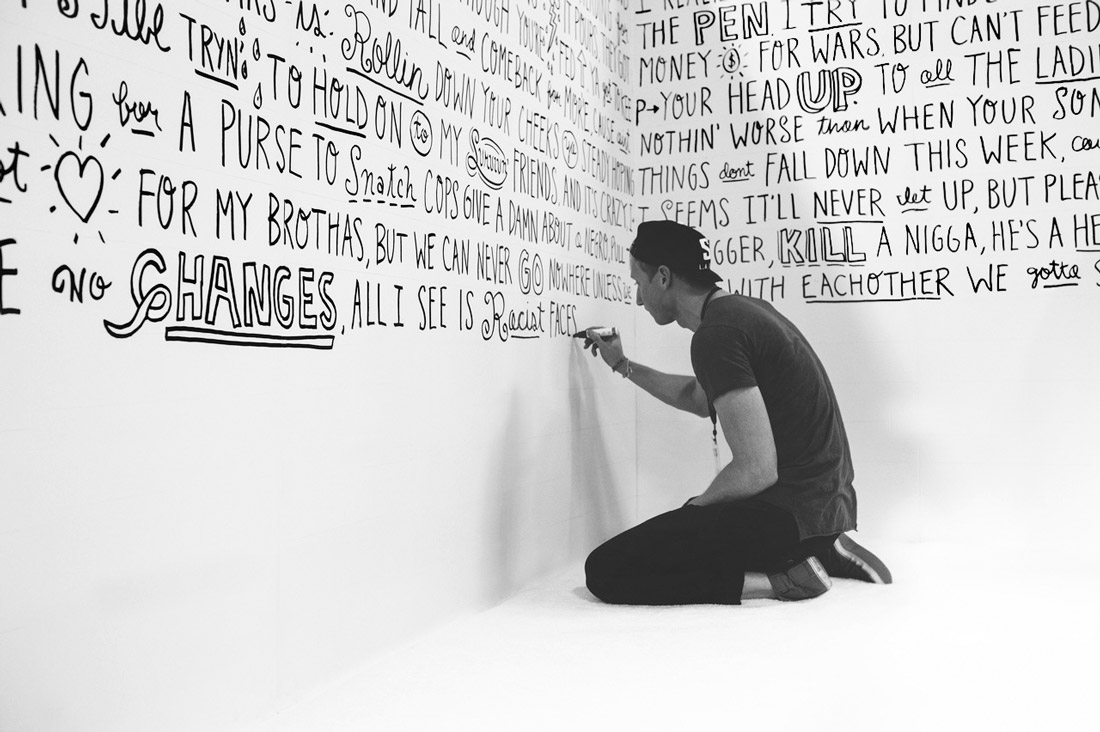
“I’m a big believer in having mentors. Now that I teach at SVA, I always tell my students, ‘Don’t worry about what you want to do as much as who you want to work for.’”
Do you have any favorite movies or TV shows?
My top five: Annie Hall, Some Like it Hot, Jackie Brown, The Departed, and Roman Holiday—Audrey Hepburn is the epitome of timelessness. The Tupac: Resurrection documentary is also amazing. The whole thing is narrated in his own words, which were pieced together from interviews. When he was little, his mom punished him by making him read the New York Times from front to back, and then she’d quiz him on it. She used to be in the Black Panthers, so she was really adamant about him knowing what was going on in society. That movie is heartbreaking because he is such a tragic character, yet he was such an intelligent person who just got caught up in the wrong things.
I also really like a lot of Mike Mills’ films. He’s another big influence of mine—he used to be a graphic designer. His story should inspire us to push storytelling into any realm we want.
As for TV, my favorite shows are The Sopranos—and Felicity. It’s embarrassing, but I don’t care. (laughing) My high school girlfriend loved Felicity. She made me watch the whole series, but I never told her that I actually enjoyed it. It’s about a girl’s experience of going to college in New York, and when I watched it again years later, it brought me back to my own experience of moving to New York. I have a real affinity for that show. Felicity, man: I have no shame.
Any favorite books?
The Autobiography of Malcolm X has got to be my favorite book. I really connected to it because I basically grew up in an all-black neighborhood for the first 13 years of my life. I have a real affinity for the idea of overcoming adversity and I’m fascinated by stories of triumph. This man was a pimp and a drug dealer, and eventually went to prison and completely transformed into an amazing character. I identify with that because I was also a troubled person who transformed into someone better. I believe we all do that, in some way. I still see myself as an underdog, though; I always feel like I snuck in through the back door and I’m going to keep making the most out of it until they kick me out.
Do you have any favorite foods?
I love food. I’ll eat anything, anywhere, at any time: highbrow, lowbrow, sushi, hot dogs, Korean—anything. I will say this, though: if I were on my deathbed, I would honestly have a toasted peanut butter and jelly sandwich, cut diagonally, with a big glass of milk. It’s not my favorite meal, but it would be my last meal because, in some weird way, it reminds me of who I am.
What kind of legacy do you hope to leave?
I’m not sure. Warner Brothers just acquired the film rights to 40 Days. That includes our life rights, so I guess they’re technically in control of my legacy now (laughing)! I do want to be known as a person who pushes things creatively, but it’s ultimately much more important for me to be supportive of the people I care about—to be a good son, grandson, friend, and, in the future, a good father and husband. Maybe I’ll be remembered as a guy you were able to have a beer with.
“It’s important to approach graphic design as a practice, not as a profession. Young designers need to understand that there are no rules: you have to ride the questions and live with the uncertainty.”
